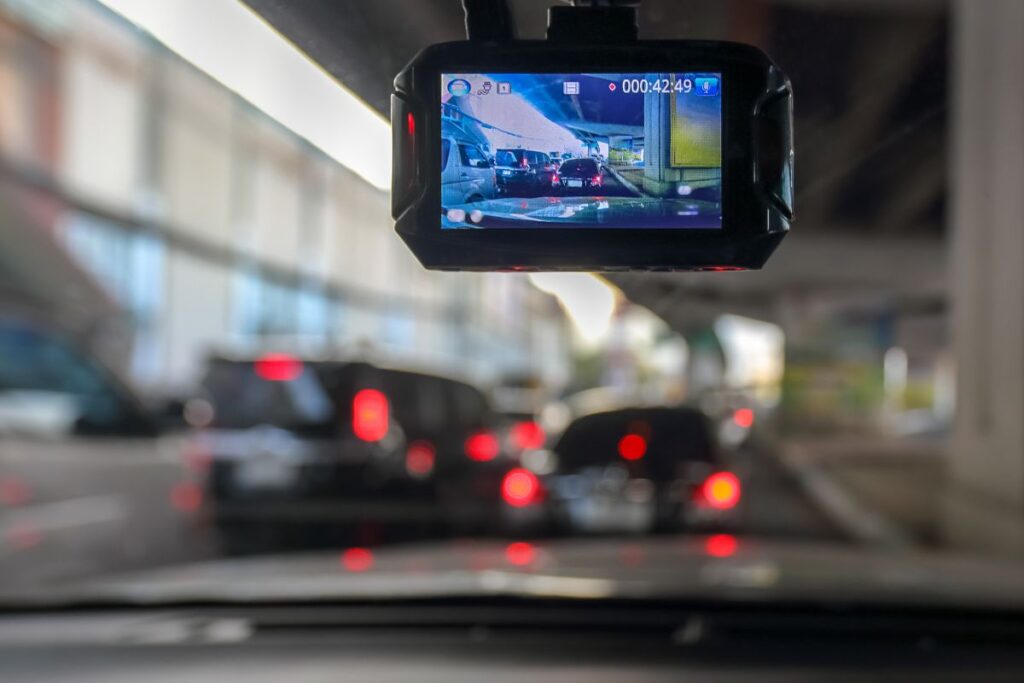In this article, I will give you “the beginner’s guide to programmatic advertising”. After reading this article you will have a better knowledge of what programmatic advertising is all about, as well as how it works, its types, and how to plan effective programmatic advertising.
Programmatic advertising has been hailed by industry insiders as the wave of both the present and the future of advertising for a reason. In actuality, programmatic advertising has recently played a significant role in maximizing potential. So why should you don’t use it?
In the realm of advertising, programmatic advertising is a trendy topic and you should also follow this trend. Now do read the below guide carefully to treat yourself with lots of knowledge.
Table of Contents
ToggleTABLE OF CONTENT
- What Is Programmatic Advertising
- Types Of Programmatic Advertising
- How Does Programmatic Advertising Work?
- Platforms For Programmatic Marketing
- How To Plan Ads Messages For Better Results
WHAT IS PROGRAMMATIC ADVERTISING
Programmatic advertising meaning is the practice of purchasing or selling digital advertising space through a platform that displays your ads across a network of websites using an automated bidding process. It’s a type of pay-per-click marketing that uses several ad exchanges and enables the advertiser to target audiences and prospects more precisely by engaging them on topically relevant websites and marketplaces.
Programmatic buying uses algorithmic software to buy and sell online display space as opposed to the traditional process, which entails calls for bids, tenders, quotes, and negotiation. It is a sophisticated method of placing advertisements that drive impressions at scale using traffic data and online display targeting, improving advertisers’ return on investment.
With programmatic advertising, marketers have more time to optimize and develop their ads to support the success of their campaigns.
TYPES OF PROGRAMMATIC ADVERTISING
So, there are four types of programmatic marketing but you can include any of them in your marketing effort that can have a significant impact on the success of your small business.
(RTB) Programmatic Advertising:
In contrast to real-time bidding (RTB), when ads are purchased one at a time, programmatic ad buying falls under this category. These advertisements may also have a somewhat different format.
(PMP) Programmatic Advertising:
PMP stands for private marketplaces or private exchanges. Since bids are accepted exclusively by invitation, think of this auction as being at the top level. This kind of programmatic advertising is significantly more transparent because the publishers reveal details about ad placement, cost, and what is shown to users and website visitors.
(Ad Exchange) Programmatic Advertising:
Ad exchanges are sometimes compared to the Etsy of programmatic marketing. In this marketplace, publishers and advertisers can exchange offers for and against ad space.
If you’re seeking strategies to carry out your omnichannel marketing strategy, this is a fantastic alternative. An ad exchange might be a wonderful starting point for your marketing automation initiatives if you’re just getting started.
HOW does programmatic advertising work?
DSPs (demand-side platforms), SSPs (supply-side platforms), and DMPs (data management platforms) are all used in programmatic media buying. Due to the integration of DMPs, (DSPs), which make it easier to purchase advertising space on the open market, enables you to reach your target demographic (data management platforms).
DMPs gather and examine a sizable amount of cookie data, which enables the advertiser to determine who their potential target market may be with greater certainty. Publishers use an SSP to manage their unsold ad inventory, which is the responsibility of the publisher (supply side platform).
The length of time spent on a particular website or the number of pages viewed during a visit are two examples of attention data that an SSP reports. The winning offer will ultimately be chosen by SSPs, who will also serve the winning banner ad on the publisher’s website.
Following are the steps that how programmatic digital advertising work.
- A publisher includes advertising inventory, a pricing floor, and other information in their SSP.
- Multiple ad exchanges receive information about the ad space from the SSP.
- This ad inventory is found by a customer or marketer who is purchasing advertising space in their DSP, which is linked to numerous ad exchanges.
- The website of the publisher is reached by a visitor. The website’s script examines the user’s cookie and data information before sending user data to the SSP.
- The advertiser’s DSP then works with the SSP to determine the visitor’s value using profile information from a DMP.
- The DSP submits a bid to the SSP for the ad space based on the visitor’s value.
- The SSP chooses a winner based on the highest bid when numerous bids are made for the same ad spot.
- The SSP sends the advertisement so that the visitor can view it.
The moment a visitor loads a page, the bidding process begins dynamically (based on how both the SSP and DSP are configured). Ads for visitors can be optimized by the DSP using anonymous profiles thanks to a DMP. By linking SSPs with available ad space inventory to DSPs that have advertising, ad exchanges streamline the process.
Programmatic advertising algorithms examine user analytics once an ad has been purchased based on the following criteria:
- Actions
- Engaging degree
- Social interaction
- Position
- Per-visit duration
Learn about THE NEXT DIGITAL MARKETING TRENDS.
PLATFORMS FOR PROGRAMMATIC MARKETING:
There are many platforms in this modern age for programmatic ads no matter what kind of programmatic advertising you use, the 3 following channels are the most popular and effective ones.
- Smart televisions
- Smart phones apps
- Websites
HOW TO PLAN ADS MESSAGES FOR BETTER RESULTS:
Marketers may promote alignment, increase engagement, and promote corporate success by adhering to these guidelines and developing a plan at the beginning. Following are the steps that you should keep in mind and follow to plan ad messages for better results.
Set Goals Before You Begin.
As with any endeavor, having a specific goal in mind will be crucial when developing your advertising plan. Establish your goals and the reasons behind them for your business and potential customers. Think about it:
- What role does this advertisement play in our brand, mission, and vision?
- What is the purpose of our advertisement? Increased revenue, page views, or lead generation are examples of common goals.
- What is the call to action that will lead potential customers to accomplish our objective
Identify The Target Market.
You only have a very small window of time in advertisements to capture interest, make a point, and convey a call to action. Knowing the target audience is crucial for achieving those objectives. Discover what makes people tick.
- What buyer personas do our business focus on?
- Are our potential customers foreign or domestic?
- Will we concentrate on a certain market sector?
- What problems do our viewers have, and how can we solve them?
Pick A Medium For Advertising.
Today, there are a wide variety of advertising platforms available, making it often difficult to decide which ones to use to get the most reaction from potential clients and customers. Billboards, print magazines, event sponsorships, radio, and television are examples of traditional platforms. Digital platforms include search engines, social media, branded podcasts and webinars, account-based advertising, and more. Research is essential because there are so many alternatives.
- Where can we locate the largest population of prospective buyers?
- What do they read and discuss?
- Do we need to alter or increase our social media presence?
- Which social media networks are the most popular in our sector?
Set Up The Resources You’ll Need.
The number of resources you have to invest in your advertising campaign will have a significant impact on the outcome. Resources include people, money, and time.
- How much is our budget?
- Where do we reach breakeven?
- Is there a deadline for our campaign?
- Do we have the necessary skills on staff, or do we need to hire someone else?
Create A Schedule.
Time is limited, like finances, and will have a big impact on the procedures and outcomes of any marketing effort. Give yourself some leeway in terms of scheduling.
The thing to consider will be what deadlines we need to take into account for the creation, production, and implementation of content.
How Long Will Our Advertisement Run?
You should also consider doing you also need to take into account other effects, such as advertising, price reductions, new items, etc.
Calculate ROI. Any marketing endeavor should aim for a positive return on investment. It’s critical to define ROI when it comes to advertising. Examples include a rise in sales, the number of clicks, downloads, leads, or conversions. Recognize how your team defines ROI and adjust your goals accordingly.
- What qualifies as a return on investment for our group and this specific advertisement?
- What analytics are available to us to calculate ROI?
- Which metrics, such as increased income or page views, are used to gauge ROI?
Learn about IS TECHNOLOGY A GOOD CAREER PATH
CONCLUSION:
In the conclusion of “the beginner’s guide to programmatic advertising” I will say that understanding programmatic advertising is not challenging it can become simpler once you split it down into its various components and contrast it with the common concepts and guide that I have given you.
The goal of programmatic advertising is to reach a more specific audience, therefore if the advertisement doesn’t relate to the viewer of the ad spot, it won’t run. Marketers may now track the results of their investments and real-time optimize their ad campaigns thanks to programmatic.
Additionally, switching to this form of promotion would not be as difficult if you already use marketing automation tools. As if you are a beginner just follow the guide given above and you can achieve the best results from programmatic advertisements on your own. BEST OF LUCK!



